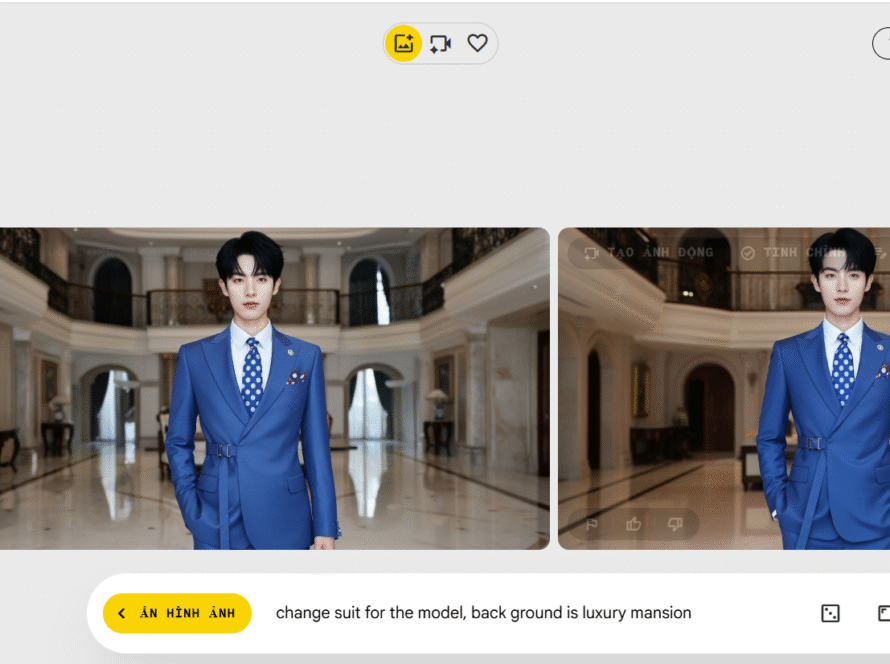1.Multi-LoRA Chaining
Instead of using just one Face LoRA, you can stack multiple LoRAs for:
- Base style (concept)
- Primary face
- Extra detail enhancer (e.g., eyes, skin texture, lighting)
Example setup:
- Concept LoRA: 0.6
- Face LoRA: 1.0
- Detail LoRA: 0.3–0.5
This lets you fine-tune different visual aspects separately.



2. Adaptive Weight Control
Adjust LoRA weights dynamically depending on the scene:
- Wide shots: Lower face weight (0.7–0.8) to blend naturally
- Close-ups: Higher face weight (0.95–1.1) for maximum accuracy
If your generator supports Prompt Editing or Weight Scheduling, you can start with a lower weight for the first steps and gradually increase it toward the end for sharper details.
3.Layer-Based Blending
Some tools (like ComfyUI or InvokeAI) allow layer blending:
- Render the base image with Concept LoRA only
- Render the face separately with Face LoRA and high detail settings
- Blend them together in Photoshop or Krita using soft masks
This avoids conflict between concept and face LoRAs.
4.Using ControlNet with Face LoRA
When poses or facial alignment are inconsistent:
- Apply ControlNet Face Landmark or OpenPose to lock head position
- Combine with Face LoRA for consistent angles and symmetry
5.LoRA + Face Restoration Tools
If your LoRA merge produces slightly distorted faces:
- Use CodeFormer or GFPGAN after generation
- Keep restoration strength low (0.2–0.4) to avoid losing the LoRA’s character details


6. Prompt Anchoring
Include key “anchor” words in your prompt that match both the concept and the face:
- Concept style keywords (cinematic lighting, 85mm lens)
- Facial detail keywords (sharp jawline, almond eyes, soft expression)
Anchors ensure both LoRAs work toward the same visual goal.
7.Dual Reference Method
- Face Reference for structure
- Full-body Reference for outfit and pose
This prevents the face LoRA from unintentionally changing clothing or body proportions.
8.High-Resolution Face Pass
Generate at normal resolution first (512×768), then run an upscale pass with Face LoRA active at high strength (1.0) and denoising 0.2–0.3.
This increases sharpness without altering pose or outfit.
9.Latent Cleanup Trick
If the merged image still has artifacts:
- Use inpainting in latent space around the face
- Activate only Face LoRA during inpainting
This removes unwanted influence from the concept LoRA on the face.
10.Style Harmony Check
Before finalizing, compare:
- LoRA-only face generation
- Concept-only generation
Adjust settings until skin tone, lighting, and shadows match, ensuring the face doesn’t look “pasted on.”
Pro Tip
Advanced LoRA merging is about precision control — not just “more weight.” Use adaptive techniques, control tools, and post-processing to get a seamless result that looks like it came from one single model.



